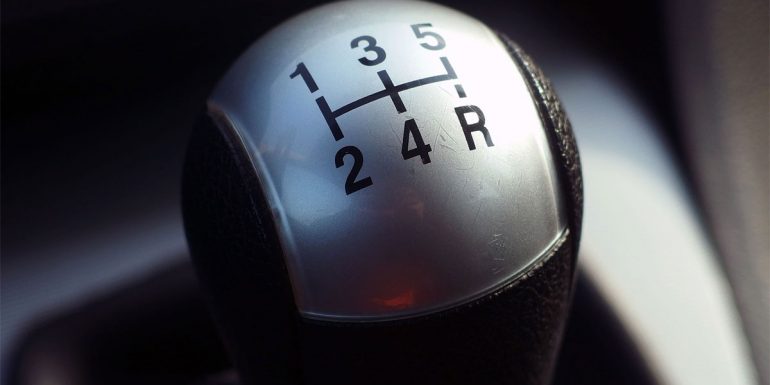
When it’s time to start taking driving lessons, you may feel a little unsure about whether you should start learning in a manual or an automatic car. This subject has always been up for debate and unfortunately, there is no unanimous conclusion about which is better since they both have exclusive benefits and disadvantages. This post does not intend to give anyone a personal opinion on any particular choice; but instead, provides a quick comparative analysis that will hopefully help you feel a little less unsure.
Automatic Transmission:
Nobody can deny that learning to drive in a car with an automatic transmission is easier! You don’t have to synchronise all of your limbs to control the clutch, gearstick, accelerator, and steering wheel simultaneously, as you have to do with a manual transmission car.
Navigating through a hilly terrain becomes easier with just a single forward gear selection, resulting in more predicable acceleration, and the “hill hold” technology that has become standard on many modern cars further contributes to this ease.
Heavy traffic can be handled easily with just the accelerator and brake. There’s no need to worry about proper gear selection, or stalling. Also, the absence of a clutch and less need to use the gear stick once you’ve started you journey, automatic transmissions allow you to drive safely as you can keep both hands firmly on the wheel at all times.
However, even though automatic transmission cars have become very popular in recent times; they’re not always the perfect choice for ownership. They can be significantly more expensive than cars with a manual transmission, and are more likely to require serious maintenance on the gearbox, which can get incredibly expensive.
Also, in addition to being more expensive to own, they are also more expensive to run. Tests by Consumer Reports showed that gas mileage dropped by up to 5mpg between the manual and automatic version of some cars.
Manual Transmission:
If you are on a budget, which most new drivers are, then you should definitely learn on a manual transmission car. They are cheaper to purchase, and also have better fuel efficiency when compared to automatic transmissions.
There’s also the valid argument that you’re not really fully ‘in control’ of the car when it has an automatic transmission, which makes sense for people who like to balance on a hill using the biting point of the clutch, or may want to try pushing the capabilities of their cars to the limit on the track some day.
It’s also important to note that learning in a manual car means you’re able to drive almost any consumer car on the road, which means if you have to borrow a friend’s car, you can drive it legally while also having the knowledge and skills to drive it safely.
However, learning to drive with a manual transmission requires a lot of patience. You can expect jerking, stalling, etc during your driving course which might hamper your learning experience. Even in later stages, driving in hilly areas will become very risky as prompt decisions would need to be made—in handling the gear stick, clutch, brake, and accelerator—depending on the area and what is in front of you. Some drivers have also complained of joint pains and left leg fatigue when operating the clutch and gear stick in manual transmission cars.
As shown above, both automatic and manual transmission cars have their own set of advantages and disadvantages. Before you start learning to drive, it’s important to discuss these options with your driving instructor, who will help you reach an informed decision as to which transmission you would like to learn. Please weigh the pros and cons above, have an in-depth discussion with your driving instructor before starting your lessons, and remember to have fun regardless of which type of car you choose to learn in.